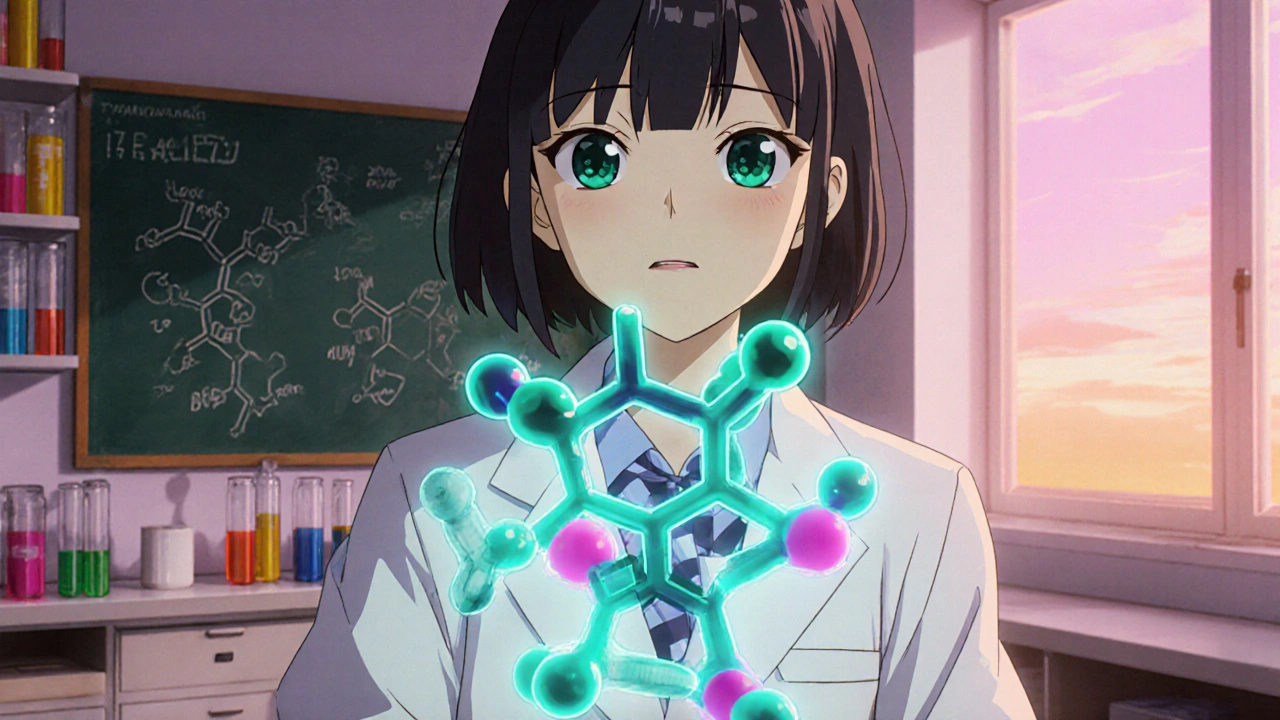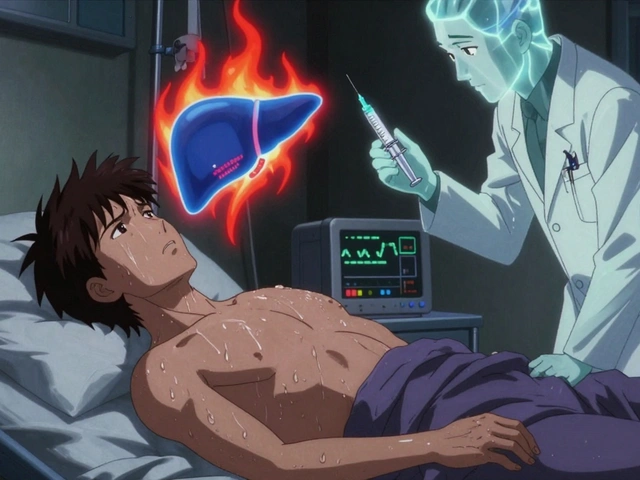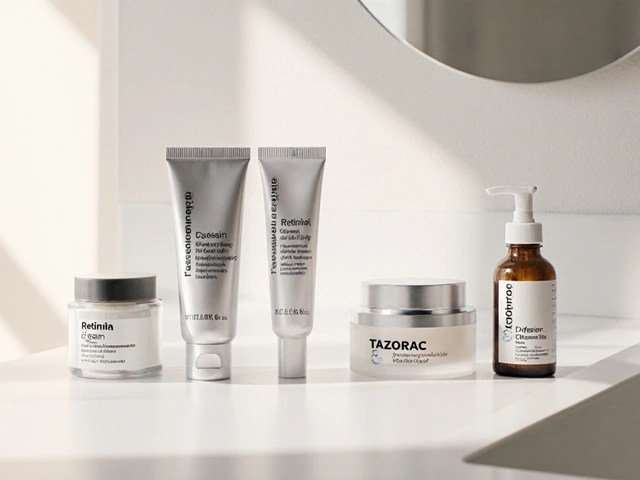Topical Steroid Essentials – Uses, Potency, Safety & Choosing the Right Treatment
When working with topical steroids, medicinal creams, ointments or lotions that contain corticosteroid compounds applied directly to the skin. Also known as cutaneous steroids, they are designed to calm inflammation, itching and redness caused by a range of dermatologic problems.
Topical steroids belong to the broader class of corticosteroids, synthetic or natural hormone-like substances that mimic the body’s own cortisol. They work by blocking the production of inflammatory chemicals, which means they can shrink swelling fast. This connection – topical steroids are a type of corticosteroid used on the skin – is the core idea behind most dermatology treatment plans.
Key Concepts You Should Know
Every skin condition responds differently, so matching the right steroid to the right skin condition, such as eczema, psoriasis, dermatitis or allergic reactions is crucial. A mild eczema flare might only need a low‑potency cream, while severe plaque psoriasis could require a medium‑ or high‑potency ointment. The relationship – a skin condition dictates the needed potency – guides doctors when they write a prescription.
Potency classification is another essential piece of the puzzle. Topical steroids are grouped into classes I through VII (or weak‑, moderate‑, strong‑, and super‑strong in some regions). Class I is the strongest, used for thick‑skinned areas like palms and soles, while Class VII is the weakest, ideal for delicate zones such as the face. This hierarchy – potency classification influences how long and how often you can apply the product – helps prevent over‑use and side effects.
Side effects are a real concern, especially with long‑term use. Common issues include skin thinning, stretch marks, and sometimes systemic absorption that can affect hormone balance. The rule – higher potency plus longer duration raises side‑effect risk – underlines why doctors stress tapering schedules and periodic skin checks.
Safety alerts and dosage guides are a big part of our site’s approach. We regularly publish updates on FDA safety communications, recall notices, and new research about steroid formulations. For example, recent alerts have highlighted rare cases of adrenal suppression when very high‑potency steroids are used on large body areas for extended periods. Knowing these alerts helps you stay ahead of potential problems.
Choosing the right product also means understanding the vehicle – cream, ointment, gel, or lotion – because each delivers the drug differently. Ointments stay on the skin longer and are better for dry, scaly patches, while gels dry quickly and work well for oily areas. The vehicle choice affects absorption speed, which connects back to potency and side‑effect management.
Our collection below features detailed reviews of specific steroid brands, comparisons of potency levels, and step‑by‑step guides on how to taper safely. You’ll find dosage calculators, side‑effect checklists, and real‑world patient experiences that bring the science to life. Dive in to see how each of these pieces fits together and help you make confident, informed decisions about topical steroid therapy.
Mometasone Furoate Explained: Structure, Pharmacology & Clinical Use
By Lindsey Smith On 23 Oct, 2025 Comments (9)

A deep dive into mometasone furoate's chemistry, how it works, its pharmacokinetics, clinical uses, safety and how it stacks up against other steroids.
View More




